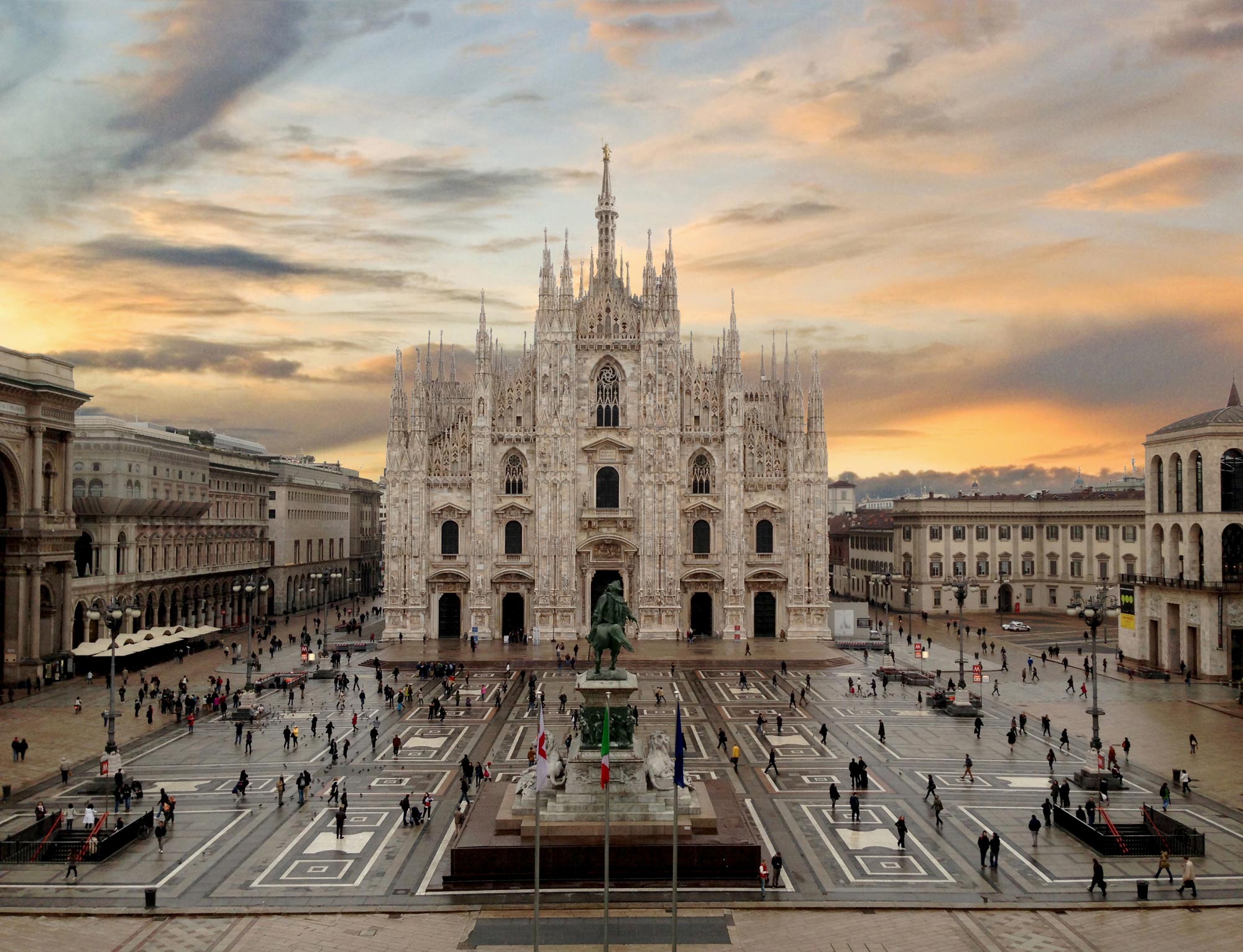
Piazza del Duomo, Italy : UNESCO World Heritage Site Showcasing Pisa's Iconic Leaning Tower and Historic ArchitectureFlorence's
Piazza del Duomo stands as one of the most magnificent architectural
ensembles in the world, a breathtaking concentration of art, history,
and religious...